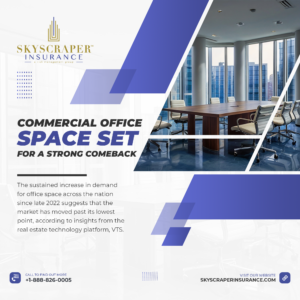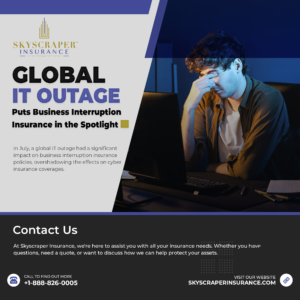For the first time, an appeals court has subjected the online retail giant to strict liability for the products it sells but does not make.
Online retail giant Amazon can be subject to strict products liability for allegedly defective products that it sells through its virtual marketplace, a California appeals court has ruled.
The decision, which reversed a San Diego trial court’s ruling, marked the first time an appeals court has subjected Amazon to strict liability for the products it sells but does not make.
A three-judge panel of the State of California Court of Appeal, Fourth Appellate District ruled Thursday that Amazon can be held strictly liable for an allegedly defective battery manufactured by a third-party company, Lenoge Technology, but purchased by the plaintiff, Angela Bolger, through Amazon’s website.
The ruling further said that the Communications Decency Act, which generally bars internet service providers from being liable for a third-party’s content, does not shield the company from liability.
Reversal of prior ruling
The panel’s decision reversed a ruling from the Superior Court of San Diego County, which had tossed out the case on summary judgment in Amazon’s favor. The appeals court opened the door for Bolger to pursue her claims that Amazon and Lenoge should both be deemed liable for a faulty laptop battery that injured her in an explosion.
“Whatever term we use to describe Amazon’s role, be it ‘retailer,’ ‘distributor,’ or merely ‘facilitator,’ it was pivotal in bringing the product here to the consumer,” Guerrero wrote.
Banking Litigation & Regulation Forum 2020EVENT
Delivers the key insights and practical solutions to acutely address the complex minefield of UK banking litigation & regulation.
Amazon can now either appeal the ruling to California’s Supreme Court or allow the case to go back to the lower court for a trial.
Ruling is a new first for Amazon
According to Robinson, the ruling is the first appellate-level decision to find Amazon subject to strict liability laws, and it could provide guidance to other courts that may face the issue.
“Every state’s product liability law is a little different, so every state is going to have to look at this in terms of what their own law requires, but in terms of the policy reasons behind why it should be held responsible, I think it lays a road map out for that,” he said. “This is a significant win for consumers in the United States. Previously Amazon had managed to escape liability for these transactions, and the injured consumers got nothing.”
Perkins Coie attorneys Julie Hussey, Julian Feldbein-Vinderman and W. Brendan Murphy represented Amazon. Hussey did not immediately return a call seeking comment.
In a statement emailed Friday, an Amazon spokeswoman said the company planned to appeal.
“The court’s decision was wrongly decided and is contrary to well-established law in California and around the country that service providers are not liable for third party products they do not make or sell,” the spokeswoman said. “We will appeal this decision.”
Judge weighs in
According to Judge Patricia Guerrero, who wrote the court’s 47-page opinion, Bolger used Amazon’s website to buy a replacement laptop battery from a company believed to be based in China; however, Bolger alleged that the battery exploded several months later, causing severe burns.
Bolger sued Amazon and the Chinese-based company, Lenoge Technology, that listed itself on the website as the seller, alleging product liability, breach of warranty and negligent undertaking. Although Lenoge was served, it did not appear and the court entered a default judgment.
After the lower court dismissed the case on summary judgment, finding that Amazon could not be liable as an online marketplace, Bolger appealed, arguing that strict liability should ally. Specifically, Bolger contended that Amazon accepted the product from Lenoge, stored it, accepted payment for the item and set the terms for its relationship with Lenoge.
Wading into the issue, Guerrero said the relationship between Bolger and Amazon is “a new transaction now in widespread use,” and then turned to longstanding principles underlying the application of products liability.
Ultimately, she determined strict liability would not be an injustice to Amazon and would provide maximum protection to Bolger.
“As noted, Amazon is a direct link in the chain of distribution, acting as a powerful intermediary between the third-party seller and the consumer,” Guerrero said. “Amazon is the only member of the enterprise reasonably available to an injured consumer in some cases, it plays a substantial part in ensuring the products listed on its website are safe, it can and does exert pressure on upstream distributors (like Lenoge) to enhance safety, and it has the ability to adjust the cost of liability between itself and its third-party sellers.”
Regarding the Communications Decency Act, Guerrero said it did not apply because Bolger’s claims depended on the company’s own activities, not as its status as a speaker or publisher of Lenoge’s content.




